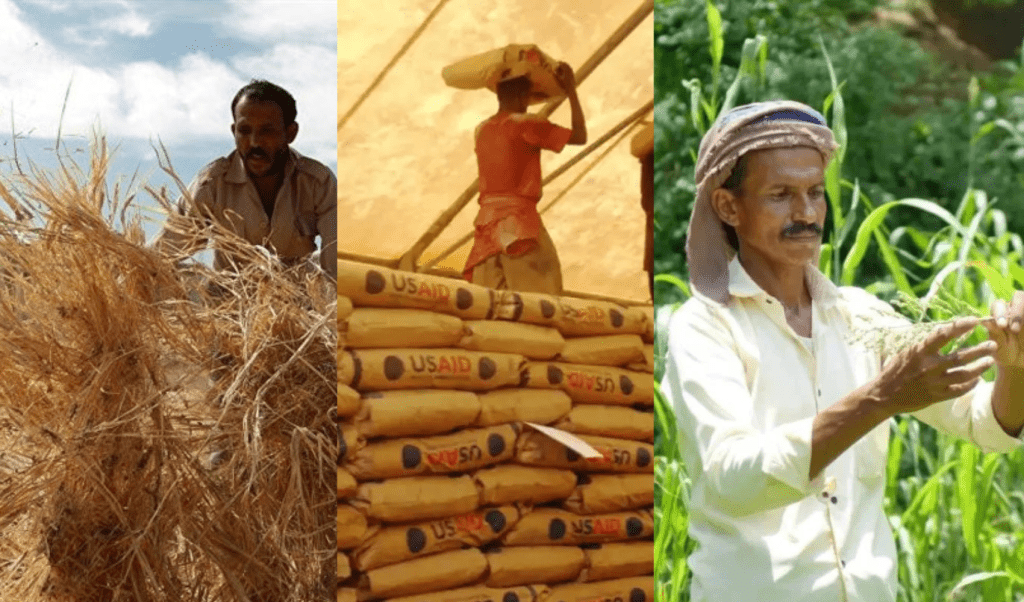Yemen to face extreme floods threatening agriculture, UN warns

The UN warned on August 15th that Yemen faces the risk of widespread floods during the present rainy season, putting already strained agricultural output at risk, as reported by Asharq Al-Aswat.
The UN Food and Agriculture Organisation (FAO) cautioned that climate change and delayed and shifting weather patterns could shrink cultivated land to less than half its former size in a country with agricultural production already depleted amidst an ongoing famine.
A UN FAO’s meteorological early warning bulletin warned that convective rainfall expected during the early Autumn season has a likelihood to cause extensive flash floods, especially across the western and southern lowlands, where critical precipitation thresholds may be exceeded.
These predictions indicate that the high level of rainfall could cause soil saturation and place unsustainable pressure on both natural and artificial drainage systems.
“These conditions are expected to increase the risk of flash floods and river overflows, particularly in downstream areas of mountainous watersheds, posing significant threats to already vulnerable agropastoral communities,” the UN agency said.
Meanwhile, increased rainfall will significantly elevate the risk of successive flash floods mainly in flood-prone wadis and low-lying areas, the FAO warned. The agency specified that the Sordod and Siham watersheds are forecasted to experience the highest level of flooding risk, with the most impacted areas expected to include Hodeidah, Mahwit, Dhamar, Raymah, and Sanaa, the capital and largest city in Yemen. Present higher-than-normal temperatures could particularly heighten the severity of the situation.
Floods are projected to affect farmed and cultivated areas disproportionately. Actively farmed land that is forecast to be affected encompasses an area of around 114,000 hectares. The FAO added: “This represents about 8% of the country’s actively cultivated land as of the end of July 2025.”
The bulletin emphasised that flooding poses a grave threat to optimal yields of important staple crops, especially sorghum and millet. This could, according to the agency, worsen food insecurity and malnutrition in many areas. Wider potential effects include damage to agricultural land and equipment, to farm-dependent households resorting to negative coping strategies to limit their food consumption, depleting essential assets and harming livelihoods.
The effects of extreme weather and climate change are affecting many countries in the region, including Yemen. Iraq is currently experiencing one of the worst droughts in decades, while large wildfires have ravaged Syria’s highly vegetated areas. Haya Abu Assaf, who is the assistant to the FAO representative in Syria warned that the nation is facing its worst climate situation in six decades, risking long-term food insecurity for 16.3 million people. The same agency also emphasised that widespread starvation will continue to intensify in 13 global “Hunger Hotspots”, with the Middle East and the Sahel being among the worst-inflicted regions.
In countries such as Yemen, there is even more at risk due to inefficient water distribution, mismanagement, faulty infrastructure and conflict, including civil war.
Asharq Al-Aswat, Maghrebi.org
Want to chase the pulse of North Africa?
Subscribe to receive our FREE weekly PDF magazine













